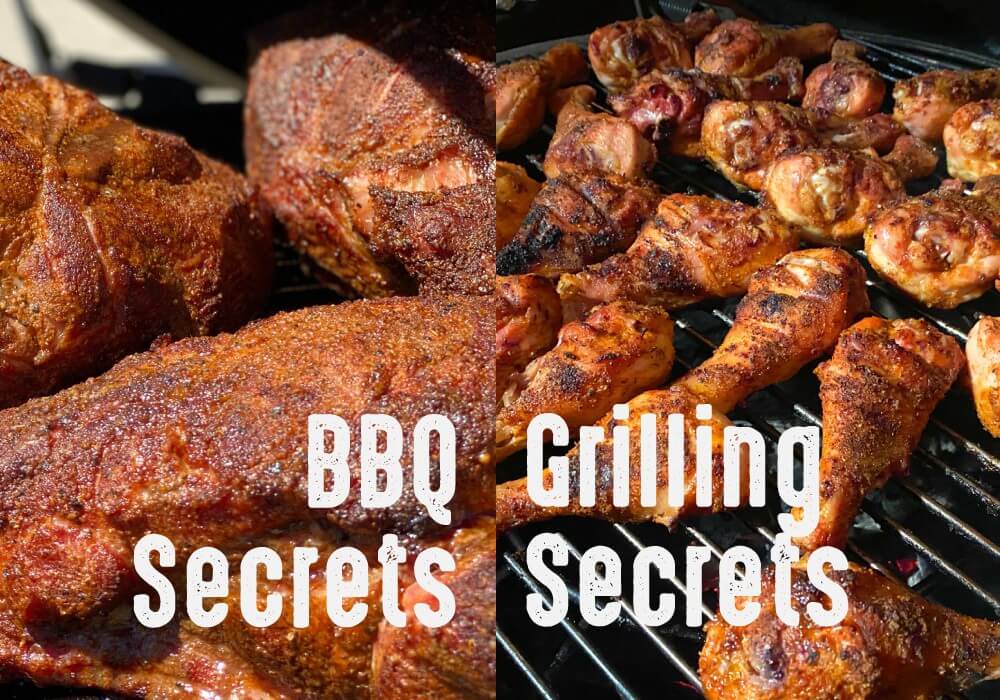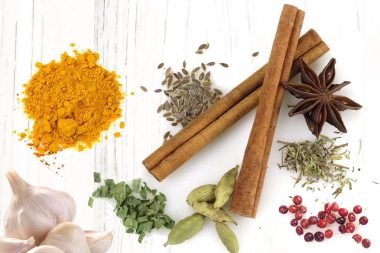Lessons Learned After 30+ years in BBQ
 With over 30 years grilling and cooking BBQ,
With over 30 years grilling and cooking BBQ,
20 years competing at the highest level,
20 years of teaching,
you learn a ton.
My goal over the years has been to cook that perfect bite, and now my goal is to spread that knowledge to others.
I see these as the most important concepts to help assure success.

Wrapping BBQ meats in foil is not cheating. It’s a tool to stop evaporation while the meat gets tender.
When Dizzy Pig started competing, we didn’t wrap and did long slow cooks. We cooked our briskets at 215-220°F for like 18 hours. The results were delicious, but we realized we were losing a lot of moisture during the last several hours.
We figured, “why not begin wrapping once we had the flavor crust and smoke flavor we wanted?” Once we did that, we immediately noticed we had much more moisture and a significantly quicker finish, and we never turned back.
- We prefer wrapping in foil (much less messy and you can retain the juices), but you could use butcher paper if you want.
- Usually, the internal temperature is 160-170°F when we wrap, and the flavor crust (bark) is developed nicely, but the meat is still not tender.
- Wrapping also helps control your timing, as the meat is usually tender approximately 2 hours after wrapping. Occasionally tenderness is reached 90 minutes after wrapping, and rarely it takes up to 3 hours.

There is no magic finish temperature.
With BBQ meats (Ribs, Shoulder, Chuck Roast, Brisket) internal temperature is simply a guideline of when to start checking for tenderness. There is no magic finish temperature.
Depending on the particular cut, and the temperature and time, BBQ meats will reach the tenderness point somewhere between 180°F and 210°F, which is too large of a range to trust the internal temperature as something that indicates the meat is done.
- 180-185°F is a good point to begin checking for tenderness, which is best done by poking the meat with something (like a temperature probe), and using your sense of feel to determine whether tenderness has been reached.
- If inserting and removing the probe shows resistance, more cooking is needed.
- If the probe goes in and comes out with very little resistance, the meat is tender and should be removed from the heat. Ribs will flex freely when they are tender.

Careful with the smoke
Wood smoke can be very strong and if the fire is not burning cleanly, the flavor will be overwhelmingly strong.
- Once adding wood to the fire (never use wet wood), wait until the smoke is clean before adding food.
- Trust your nose here…but also the color of the smoke, which should be blueish and very thin.
- You don’t need to see the smoke to get a smoke flavor, even if cooking with straight charcoal.

Internal temperature and carryover cooking.
When grilling lean meats, (chicken breast, pork loin, pork tenderloin, steaks, seafood) internal temperature is key to determining doneness, but you need to factor in carryover cooking.
- When grilling direct over the fire (especially a hot fire), the outer layers of the meat are much hotter than the center, which means the meat is still cooking when removed from the heat. You will want to remove the meat before the desired internal temperature is reached.
- The hotter the fire, and the thicker the cut, the more carryover you will get. The internal temperature of a 2-3” thick pork chop or steak, for instance, when grilled over a hot fire may rise as much as 20°F during a 10-minute rest!
- It takes a little practice to predict carryover cooking, so keep an eye on the internal temperature during the rest.

Use less charcoal for grilling.
- Using a full load of charcoal for grilling just makes it harder to control the fire.
- Smaller loads of charcoal tend to burn more evenly all the way across, and are much easier to keep under control

If you’re ain’t looking, you ain’t cooking!
It has been said “If you’re looking, you ain’t cooking” but this couldn’t be further from the truth, especially when grilling.
- You need to keep a close eye on how the meat is browning and make adjustments along the way.
- When BBQ’ing or roasting indirect, you don’t have to look as often…but it’s always a good idea to keep an eye on how things are developing.

Trust all of your senses.
- Sight. As mentioned above, use your eyeballs. Color of the smoke. Color of the food. It’s telling you something if you’re watching!
- Smell. Super important to trust your nose as it tells you a lot about how the cook is going. Smell is a very large part of taste.
- Feel. From checking tenderness in BBQ meats, to feeling for firmness in grilled meats, to checking to see if your flavor crust has set, it’s all important.
- Sounds. Is your drip pan sizzling and popping when it’s normally quiet? Do you hear that sizzle when your meat hits the hot grill? Listening tells you something!
- Taste. Saltiness, sweetness, smoke flavor, tang. Give it a taste before you serve and decide if it needs anything. Also pay close attention to the flavor when you are eating, and see if you may want to make adjustments to the flavor in future cooks!
These are just a few of the concepts that I think are the most important, and perhaps the least understood. I sincerely hope it helps you in your journey to be a better cook. Happy cookin’!
Chris Capell

 With over 30 years grilling and cooking BBQ,
With over 30 years grilling and cooking BBQ,







